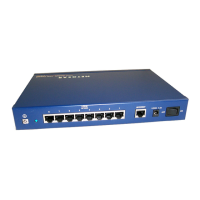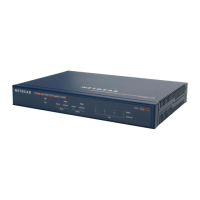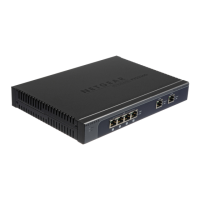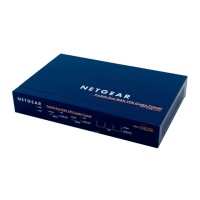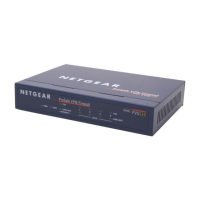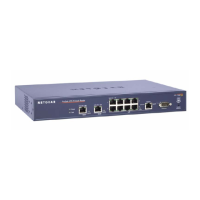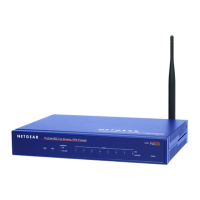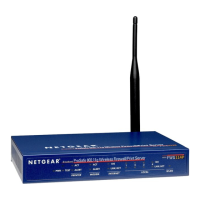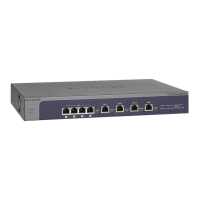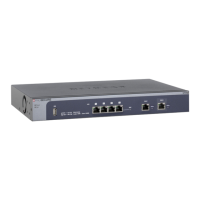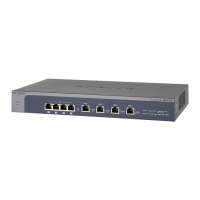Network and System Management
274
ProSafe Wireless-N 8-Port Gigabit VPN Firewall FVS318N
• LAN users. You can specify which computers on your network are affected by an
inbound rule. There are several options:
- Any. The rule app
lies to all PCs and devices on your LAN.
- Single a
ddress. The rule applies to the address of a particular PC.
- Address range. The ru
le applies to a range of addresses.
- Group
s. The rule is applied to a group of PCs. (You can configure groups for LAN
WAN outbound rules but not for DMZ WAN outbound rules.) The Known PCs and
Devices table is an automatically maintained list of all known PCs and network
devices and is generally referred to as the network database, which is described in
Manage the Network Database o
n page 60. PCs and network devices are entered
into the network database by various methods, which are described in Manage IPv4
Groups and Hosts (IPv4 LAN Groups) on
page 59.
• W
AN users. You can specify which Internet locations are covered by an inbound rule,
based on their IP address:
- Any.
The rule applies to all Internet IP address.
- Single a
ddress. The rule applies to a single Internet IP address.
- Address range. The ru
le applies to a range of Internet IP addresses.
• Sche
dule. You can configure three different schedules to specify when a rule is applied.
Once a schedule is configured, it affects all rules that use this schedule. You specify the
days of the week and time of day for each schedule. For more information, see Set a
Schedule to Block or Allow Specific Traffic on
page 146.
• QoS p
rofile. You can apply QoS profiles to inbound rules to regulate the priority of traffic.
For information about QoS profiles, see Preconfigured Quality of Service Profiles on
page 141.
• Bandwid
th profile. You can define bandwidth profiles and then apply them to inbound
rules to limit traffic. For information about how to define bandwidth profiles, see Create
Bandwidth Profiles on p
age 139.
Port Triggering
Port triggering allows some applications running on a LAN network to be available to external
applications that would otherwise be partially blocked by the firewall. Using the port-triggering
feature requires that you know the port numbers used by the application. Without port
triggering, the response from the external application would be treated as a new connection
request rather than a response to a request from the LAN network. As such, it would be
handled in accordance with the inbound port-forwarding rules, and most likely would be
blocked.
For the procedure on how to configure port triggering, see Configure Port Triggering on
page 151.
DMZ Port
The demilitarized zone (DMZ) is a network that, by default, has fewer firewall restrictions
when compared to the LAN. The DMZ can be used to host servers (such as a web server,
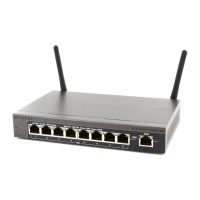
